Description
Awatovi Visual Prayers, II, Hopi overlay, silver, black, contemporary, Kabotie limited edition of 40 The Heard Museum in Phoenix, Arizona commissioned Michael Kabotie to do a large sculpture/gate for them in 2006. It is done in his signature Hopi overlay style. Kabotie calls it “Visual Prayers” and he describes it as being loosely related to the ancient kiva murals at the Hopi village of Awatovi. His version shows the woven forms of smoke and feathers that the Hopi use to convey prayers that are for the health, long life and blessings for all people. Michael Kabotie was born on September 3, 1942 on the Hopi Indian Reservation in northeastern Arizona. He grew up in the village of Shungopavi and attended school on the reservation until the Hopi high school was closed. He graduated from Haskell Indian School in Lawrence, Kansas in 1961. While in his junior year there he was invited to spend the summer at the Southwest Indian Art Project at the University of Arizona. Participants included Fritz Scholder, Helen Hardin, Charles Loloma and Joe Hererra (who became a lifelong friend and his primary artist mentor). After high school, Michael attended the University of Arizona, studying engineering. After dropping out of college he held a one-man show at the Heard Museum and his work was on the cover of Arizona Highways magazine. In 1967 Michael underwent his Hopi manhood initiation into the Wuwutsim Society and was given his Hopi name, Lomawywesa (Walking in Harmony). Both Michael and his father, Fred Kabotie, have been innovators in the Native American Fine Arts Movement, creating paintings that reflect traditional Hopi life in contemporary media. Fred Kabotie was one of the Hopi artists responsible for developing the trademark overlay methods used today by many Hopi silver and goldsmiths. He is also the painter of the Watchtower murals in the Grand Canyon. Fred Kabotie lived in Santa Fe and attended the Santa Fe Indian School and studied mural painting with Dorothy Dunn. Michael was introduced to silverwork by Wally Sekayumptewa of Hotevilla in 1958. His cousins Walter Polelonema, McBride Lomayestewa and Mark Lomayestewa also influenced him early on. He uses the overlay technique developed by his father and friends in the 1940s and 50s. You’ll see in his jewelry, however, a distinct style of his own; a style echoed in his paintings. In 1973, he was a founding member of Artist Hopid, a group of painters experimenting in fresh interpretations of traditional Hopi art forms. This group of five artists worked together for over five years. Michael’s book of poetry, Migration Tears: poems about transitions was published in 1987 by UCLA. He has lectured across America, in New Zealand, Germany and Switzerland and has taught Hopi overlay techniques at the Idyllwild Arts Foundation, Idyllwild, California for over thirteen years. You can find his works in museums around the world, from the Heard Museum in Phoenix to the British Museum of Mankind in London, England, and the Gallery Calumet-Neuzzinger in Germany.. In recent years Michael has moved into the exploration and production of limited edition prints in lithography, serigraphy, etching and embossings. He has also begun a series of collaborative paintings with Celtic artist Jack Dauben. Jack and Michael exchange canvases back and forth, Jack bringing his Celtic images, Michael interweaving the Hopi. The paintings take on a life of their own, merging seamlessly the two cultures. Michael’s painting reflects his Hopi mentors, the pre-European Awatovi kiva mural painters and the Sikyatki pottery painters with a contemporary interpretation. In 1998, Kabotie participated in the School of Advanced Research (SAR) seminar, The Deep Remembering: The Art and Aesthetics of Southwest Indian Painting, then later the publication Indian Painters of the Southwest from SAR Press. In 2007, he returned to SAR to take part in American Indian Artists in Recovery: The Socioeconomic and Religious Issues Surrounding Art and Addiction. The Indian Arts Research Center holds several of his pieces in its collection. Recently, Kabotie was named as the signature artist for the 52nd Heard Museum Guild Indian Fair & Market, which will be held in March 2010. He had created a special painting for the occasion to be used as the featured image for the market. At the time of his passing, he was also in the process of creating a series of new works for an upcoming exhibition.





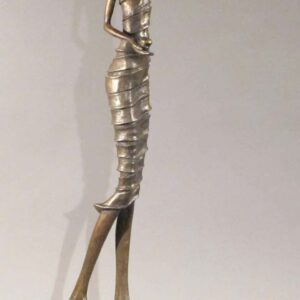
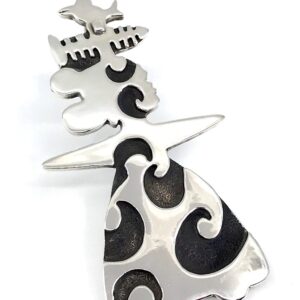
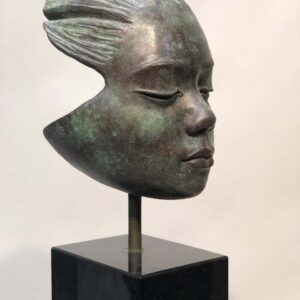
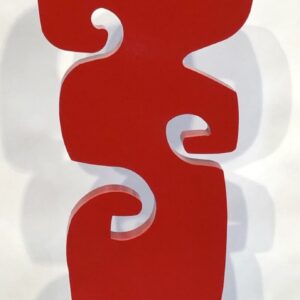
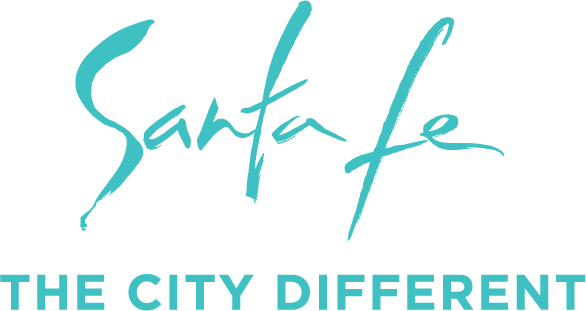
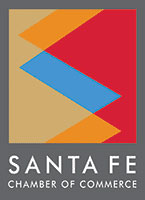
Reviews
There are no reviews yet.